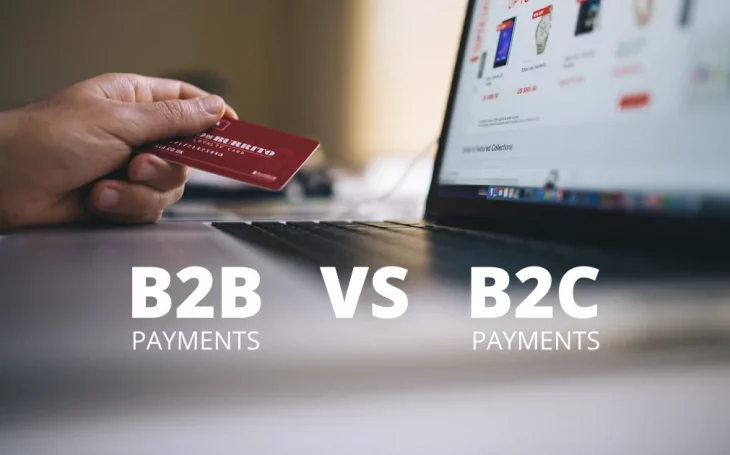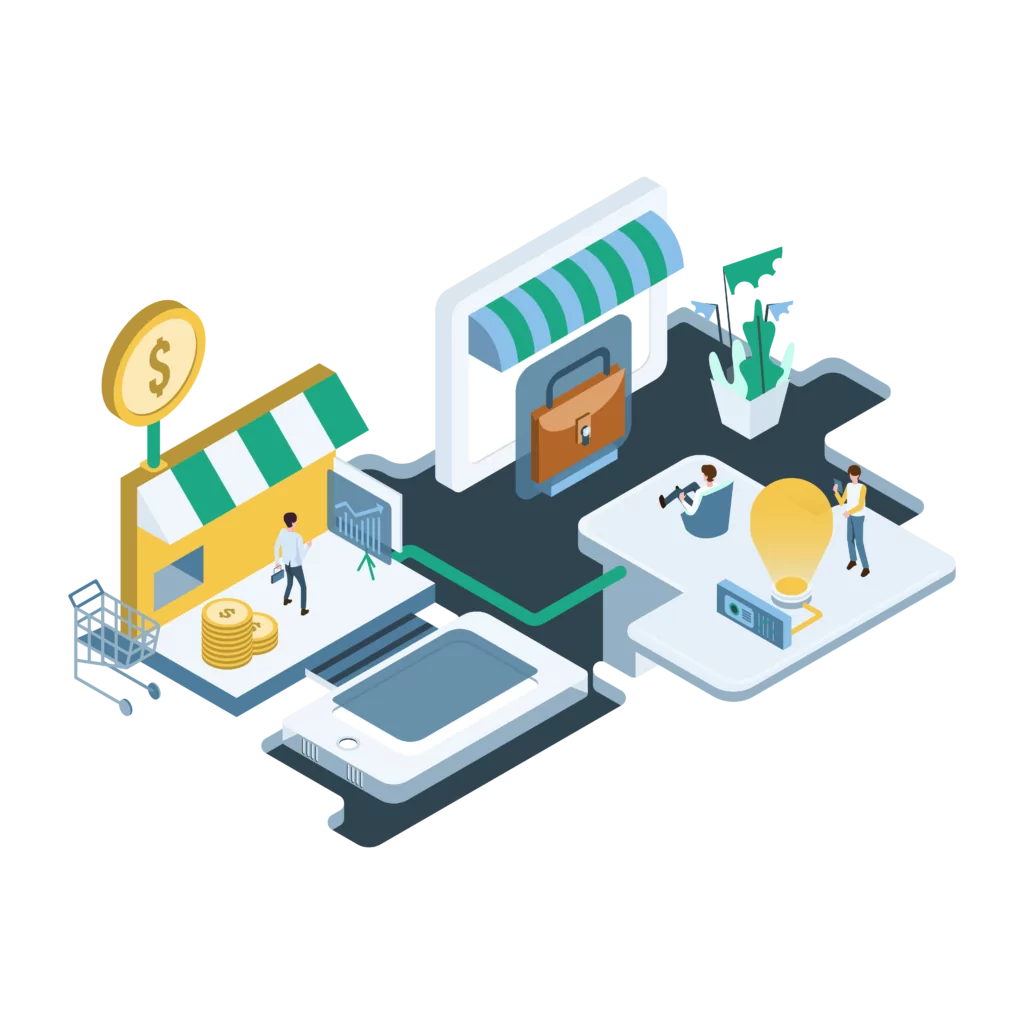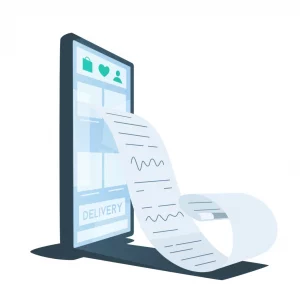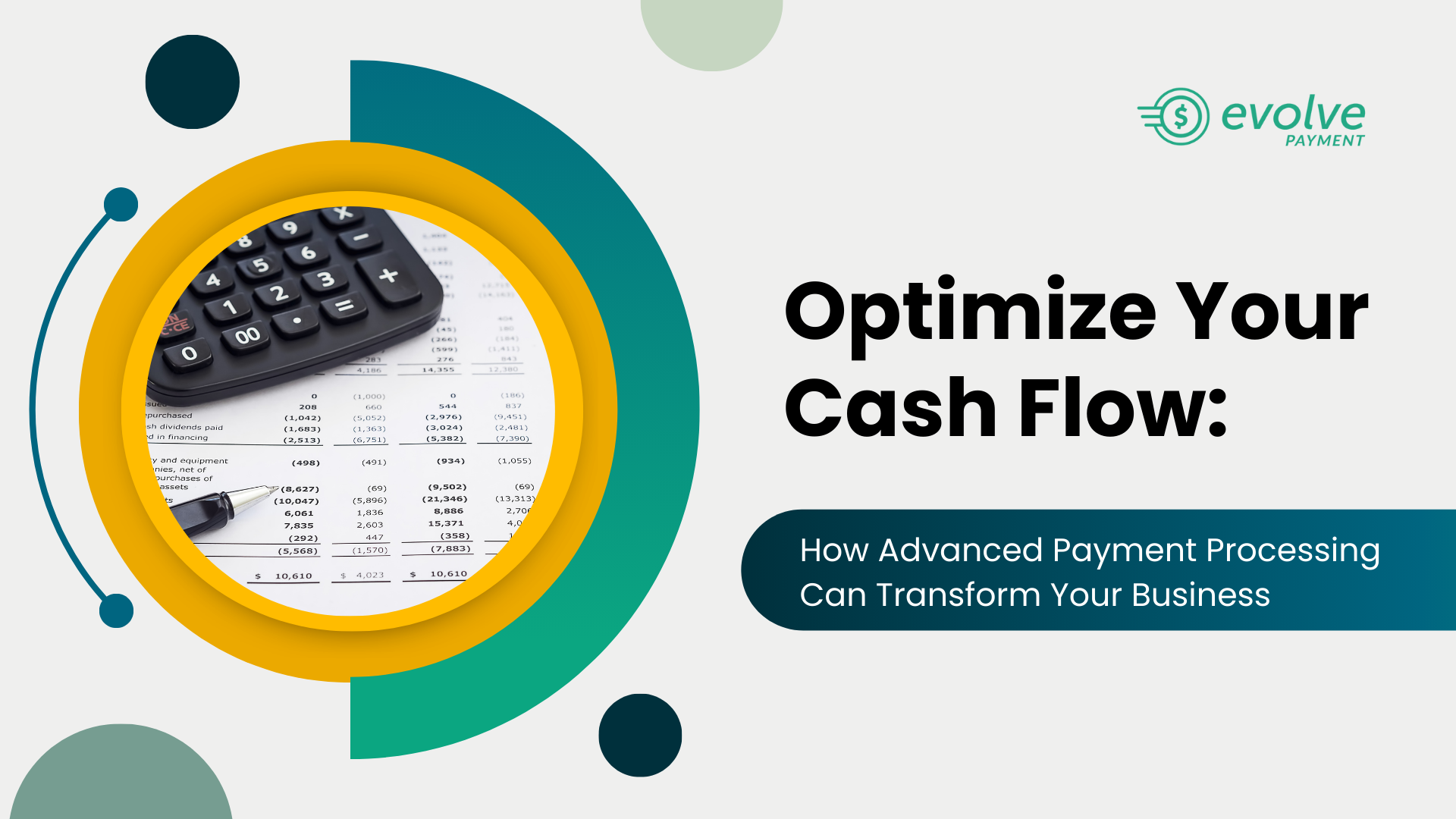



This guide provides an overview of B2B and B2C payments while exploring their key differences, characteristics, and popular payment methods.
Although our guide has information that’s relevant for all merchants, B2B merchants can find a section dedicated to B2B payments at the end.
Table of Contents
B2B vs. B2C Payments: What’s the Difference?
A company’s revenue model is a framework for how a business generates income, specifically, what to sell, how to sell it, and who will pay for the goods or services being sold. Business to business (B2B) and business to consumer (B2C) payments refer to the who will pay for it piece of a company’s revenue model. In other words, B2B and B2C payments explain who the business is selling to. The characteristics of a business and the payment products and services they can use will vary widely based on which payment model is in effect (B2C or B2B). Before diving into the details, we must first define each model and the “who” that’s involved in the transactions.
What Are B2B Payments?
If there is a transaction between merchants for the exchange of goods and/or services, then that transaction is considered a B2B payment. The B2B payment model relies on one business selling its services or products directly to another business, therefore the two parties involved are both businesses.
What Are B2C Payments?
If there is a transaction between a merchant and an individual for the exchange of goods and/or services, then that transaction is considered a B2C payment. Anytime you go to the supermarket, gas station, or any other store to make purchases for personal use, you’re participating in a B2C transaction for your personal use and not on behalf of an organization.
How B2B Payments and B2C Payments Differ
The foundational difference between B2B and B2C payments is the number of individuals involved in the transaction. Because multiple people are involved in business-level purchasing decisions, and because the purchases are for an organization instead of an individual, the way B2B payments are processed is distinctly different than B2C payments, where a consumer pays for goods and/or services for personal use.

Characteristics of B2B and B2C Payments
Although there are additional considerations depending on the industry, such as if the merchant is in a high-risk industry, there are three key differences between how B2B and B2C payments are structured: payment size, payment frequency, and payment terms. These characteristics will give you a solid understanding of the distinctions between B2B and B2C payments without diving too deeply into the industry nuances and fringe cases. It’s still worth noting that B2B market conditions and B2C market conditions can affect the relationship between the two models. However, these changes are usually subtle, and the general characteristics of each will in most cases hold true.
Payment Size
Payment size refers to the average price of each transaction. Generally, B2B payments are much larger than B2C payments due to scale and price. A B2C merchant that operates a local coffee shop will see a comparatively low average transaction size because their customers will only buy a cup of coffee and a pastry, as an example. On the other hand, a B2B coffee bean distributor that sells directly to local coffee shops across the city can sell a month’s worth of coffee beans in one transaction. This will result in a much larger transaction than the B2C merchant because of the volume of items on the invoice.
In addition to scale, the average price of the goods and/or services in a B2B transaction is higher, too. A business law firm will charge much more for its services than its customer-facing equivalent. A higher average price paired with large volume gives B2B payments an edge over B2C payments in regards to transaction size.
Payment Frequency
The quantity of transactions is typically higher among B2B businesses compared to B2C businesses, although there are exceptions depending on the industry and goods and/or services in question. If a B2C merchant sells fast-moving consumer goods like gas stations or grocery stores, then it’s possible for B2C payments to outpace B2B payments in frequency. B2B companies operate at a much larger scale than B2C companies because businesses consume at a faster pace than consumers. An organization of 100 or more employees will need to reorder goods more frequently than a family of four.
Additionally, most consumers are only purchasing for themselves or their families, while businesses will make purchases that contribute to their supply chain, such as raw goods or components that are required for production. This results in businesses consuming (and purchasing) at a rate that consumers aren’t capable of matching.
Payment Terms
B2B and B2C payments differ in the terms and structure of how the transaction is made. For a business law firm, the relationship between the lawyer and the business owner is an important dynamic that the business owner will take into account while choosing their legal partner. Oftentimes, businesses will work with their leadership team before making any decisions or purchasing a service/product, and deliberation between decision-makers can take a long time, especially if it’s a big purchase.
On the other hand, buying a coffee in the morning or a scone on the weekends is not an in-depth decision worthy of multiple players. Instead, it’s a simple decision with fewer steps and a faster turnaround time. Additionally, consumers will often pay for their goods or service before receiving them. Businesses generally receive the goods or services and then receive an invoice. This is more manageable for businesses that make recurring purchases for elements that are important to their business model.

The Most Popular Methods of B2B Payments
ACH Payments
ACH stands for automated clearing house, which are electronic payments that pass through the ACH network. Direct deposit, direct payments, and electronic checks (eChecks) are all forms of ACH payments.
ACH B2B payments are a popular and reliable option. The ACH Network processed 29.1 billion payments worth $72.6 trillion in 2021. ACH statistics continue to grow year over year, indicating this payment method isn’t going anywhere anytime soon.
Checks
Checks are simple, reliable, and have a check number that helps track accounts payable. It’s estimated that around 80% of b2b payments use checks as the payment method. Even though they are the dominant payment method of choice, they’re quickly losing ground to digital alternatives.
Credit Cards (P-Cards)
P-Cards, also known as Purchaser Cards, are a type of commercial credit card that businesses can distribute to their employees for the purchases of goods and services. Much like a consumer credit card, businesses pay off the card at the end of the month, usually at a reduced processing rate than consumer cards.
Wire Transfers
Wire Transfers aren’t as popular as checks, but they are still an important part of the b2b payment landscape because they make handling large transactions convenient for accounts payable and accounts receivable.The Federal Reserve Bank found that if only 2 percent of check payments were completed through the wire transfer systems, that would represent a 47 percent increase in wire transfer volume. This speaks to not only the high volume of check transactions but also the small volume of wire transfers. Even still, they’re a reliable option for merchants in many verticals.
Considerations for Your Business
When working with a merchant processing company, they must understand how these differences impact the payment procedures to ensure your business is operating effectively. For example, this could mean saving money by eliminating unnecessary fees or streamlining certain information for quicker processes and fewer headaches.
At Evolve Payment, we work with both B2C and B2B companies to ensure their payment processing services are set up to benefit their unique business. We can set you up with every tool you need to run a successful business. If that means investing in alternative B2B payment options or mastering existing ones, we’re here to help. We can even help you pick the perfect payment gateway for your situation. To learn more, please contact our team!





